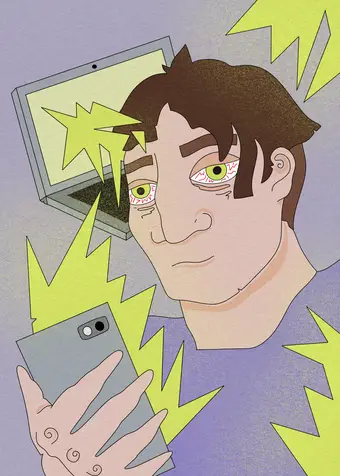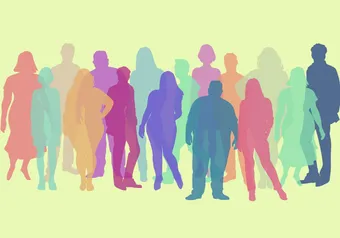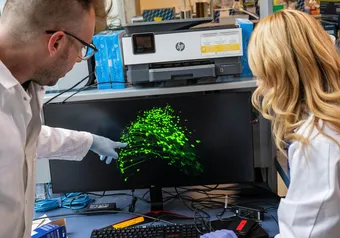A couple of months into the term, it’s not uncommon to experience fatigue and tiredness as the first midterm season comes to an end. However, the shift to online learning has left students attending classes, joining club meetings and hanging out with friends, all in front of a computer screen.
“Ever since going online, I’ve noticed a slight change in my eye health,” said Karambir Dhaunsi, a second-year undergrad. “... I’ve noticed that by being online, since the amount of screen time is increasing, my eyes feel drier more quickly.”
Computer vision syndrome (CVS), commonly referred to as digital eye strain, impacts between 50 to 90 per cent of people who work at a computer. As the amount of time students are spending in front of the screen has increased, so does the risk of developing symptoms of CVS.
“The problem that one might have if you’re using a computer for a long time is that you are staring at that computer. You are very intent on your task and what we know is people stop blinking as frequently,” said Dr. Mary Lou Jackson, an ophthalmologist at the UBC Vision Rehabilitation Clinic.“That’s where we run into a little bit of a problem … we decrease our blink rate and then our eyes get a little dry.”
Due to this subconscious decrease in blinking, the eyelids spread a film of tears on the surface of the eyes less frequently than they should, leading to dryness. When we stare at a screen for a prolonged amount of time, our eye muscles adjust to focus on things that are close-by. This focusing, and refocusing when we switch to our surroundings, can lead to eye fatigue and headaches.
“I would say that my eyesight has definitely gotten worse [since classes moved online],” said second-year kinesiology student Priya Dhaliwal. “My contacts, when I wear them now, it’s a bit harder to see, so there's a big strain especially … from studying late at night.
“The light really puts a strain on my eyes.”
Giving your eyes a break
Luckily, CVS can be easily treated by taking a few precautions to ensure that your eyes are in prime condition. One common technique for combating eye strain is the 20-20-20 rule, where for every 20 minutes of screen time, you take a short break and stare at an object 20 feet away for 20 seconds. Short breaks and conscious blinking can greatly prevent eye strain by allowing your eye muscles to relax.
“As soon as I started going out a little bit, or just going for walks, I think that definitely helped,” said Dhaliwal. “My headaches definitely went away, and just the change of environment is helpful [for] better focus.”
Going outside and allowing one’s eyes to focus on objects further away allows eye muscles to relax and take a break from constant accommodation.
“I’ve … gotten blue blocker and anti-fatigue glasses, so that basically helps further prevent eye strain and helps block out the blue light from [electronic devices],” said Dhaunsi. “I’ve also more recently been trying to take breaks between screen time and give my eyes a break and look at nature.”
It can be easy to forget about our eye health until a problem arises, but even being slightly more conscious about our eye health can result in greater output and a decrease in stress and discomfort.
“Being comfortable when we do tasks … allow[s] us to feel better about that task and about our work. Using your eyes for your computer is in the same category, as looking after ourselves, and thinking about our comfort or our discomfort,” said Jackson.
Other ways to counter CVS include adjusting the brightness and contrast on your devices, switching to dark mode to reduce strain in low-light conditions and, if you wear glasses or contacts, ensuring your prescription is up to date to avoid any extra strain on your eyes.
You can also avoid using devices 30 minutes before going to sleep to decrease your exposure to blue light, which is theorized to suppress melatonin — a sleep-inducing hormone — and prevent you from sleeping soundly.
If you’re experiencing severe discomfort, check in with an optometrist and get some expert feedback.
However, it might not be time to throw away your computer just yet. Preserving our eyesight while working and learning from home is all about balance, and Jackson acknowledged that “using [a] computer for your job … or studying and so on, certainly is ubiquitous. But it’s not harmful.
“It might be uncomfortable sometimes but it’s not something that we have to avoid.”
First online
Share this article








